Feature Detection and Description¶
SIFT¶
- class SIFT¶
Class for extracting keypoints and computing descriptors using the Scale Invariant Feature Transform (SIFT) approach.
class CV_EXPORTS SIFT
{
public:
struct CommonParams
{
static const int DEFAULT_NOCTAVES = 4;
static const int DEFAULT_NOCTAVE_LAYERS = 3;
static const int DEFAULT_FIRST_OCTAVE = -1;
enum{ FIRST_ANGLE = 0, AVERAGE_ANGLE = 1 };
CommonParams();
CommonParams( int _nOctaves, int _nOctaveLayers, int _firstOctave,
int _angleMode );
int nOctaves, nOctaveLayers, firstOctave;
int angleMode;
};
struct DetectorParams
{
static double GET_DEFAULT_THRESHOLD()
{ return 0.04 / SIFT::CommonParams::DEFAULT_NOCTAVE_LAYERS / 2.0; }
static double GET_DEFAULT_EDGE_THRESHOLD() { return 10.0; }
DetectorParams();
DetectorParams( double _threshold, double _edgeThreshold );
double threshold, edgeThreshold;
};
struct DescriptorParams
{
static double GET_DEFAULT_MAGNIFICATION() { return 3.0; }
static const bool DEFAULT_IS_NORMALIZE = true;
static const int DESCRIPTOR_SIZE = 128;
DescriptorParams();
DescriptorParams( double _magnification, bool _isNormalize,
bool _recalculateAngles );
double magnification;
bool isNormalize;
bool recalculateAngles;
};
SIFT();
//! sift-detector constructor
SIFT( double _threshold, double _edgeThreshold,
int _nOctaves=CommonParams::DEFAULT_NOCTAVES,
int _nOctaveLayers=CommonParams::DEFAULT_NOCTAVE_LAYERS,
int _firstOctave=CommonParams::DEFAULT_FIRST_OCTAVE,
int _angleMode=CommonParams::FIRST_ANGLE );
//! sift-descriptor constructor
SIFT( double _magnification, bool _isNormalize=true,
bool _recalculateAngles = true,
int _nOctaves=CommonParams::DEFAULT_NOCTAVES,
int _nOctaveLayers=CommonParams::DEFAULT_NOCTAVE_LAYERS,
int _firstOctave=CommonParams::DEFAULT_FIRST_OCTAVE,
int _angleMode=CommonParams::FIRST_ANGLE );
SIFT( const CommonParams& _commParams,
const DetectorParams& _detectorParams = DetectorParams(),
const DescriptorParams& _descriptorParams = DescriptorParams() );
//! returns the descriptor size in floats (128)
int descriptorSize() const { return DescriptorParams::DESCRIPTOR_SIZE; }
//! finds the keypoints using the SIFT algorithm
void operator()(const Mat& img, const Mat& mask,
vector<KeyPoint>& keypoints) const;
//! finds the keypoints and computes descriptors for them using SIFT algorithm.
//! Optionally it can compute descriptors for the user-provided keypoints
void operator()(const Mat& img, const Mat& mask,
vector<KeyPoint>& keypoints,
Mat& descriptors,
bool useProvidedKeypoints=false) const;
CommonParams getCommonParams () const { return commParams; }
DetectorParams getDetectorParams () const { return detectorParams; }
DescriptorParams getDescriptorParams () const { return descriptorParams; }
protected:
...
};
SURF¶
- class SURF¶
Class for extracting Speeded Up Robust Features from an image [Bay06]. The class is derived from CvSURFParams structure, which specifies the algorithm parameters:
- int extended¶
- 0 means that the basic descriptors (64 elements each) shall be computed
- 1 means that the extended descriptors (128 elements each) shall be computed
- int upright¶
- 0 means that detector computes orientation of each feature.
- 1 means that the orientation is not computed (which is much, much faster). For example, if you match images from a stereo pair, or do image stitching, the matched features likely have very similar angles, and you can speed up feature extraction by setting upright=1.
- double hessianThreshold¶
Threshold for the keypoint detector. Only features, whose hessian is larger than hessianThreshold are retained by the detector. Therefore, the larger the value, the less keypoints you will get. A good default value could be from 300 to 500, depending from the image contrast.
- int nOctaves¶
The number of a gaussian pyramid octaves that the detector uses. It is set to 4 by default. If you want to get very large features, use the larger value. If you want just small features, decrease it.
- int nOctaveLayers¶
The number of images within each octave of a gaussian pyramid. It is set to 2 by default.
| [Bay06] | Bay, H. and Tuytelaars, T. and Van Gool, L. “SURF: Speeded Up Robust Features”, 9th European Conference on Computer Vision, 2006 |
SURF::SURF¶
The SURF extractor constructors.
- C++: SURF::SURF()¶
- C++: SURF::SURF(double hessianThreshold, int nOctaves=4, int nOctaveLayers=2, bool extended=false, bool upright=false)¶
- Python: cv2.SURF(_hessianThreshold[, _nOctaves[, _nOctaveLayers[, _extended[, _upright]]]]) → <SURF object>¶
Parameters: - hessianThreshold – Threshold for hessian keypoint detector used in SURF.
- nOctaves – Number of pyramid octaves the keypoint detector will use.
- nOctaveLayers – Number of octave layers within each octave.
- extended – Extended descriptor flag (true - use extended 128-element descriptors; false - use 64-element descriptors).
- upright – Up-right or rotated features flag (true - do not compute orientation of features; false - compute orientation).
SURF::operator()¶
Detects keypoints and computes SURF descriptors for them.
- C++: void SURF::operator()(const Mat& image, const Mat& mask, vector<KeyPoint>& keypoints)¶
- C++: void SURF::operator()(const Mat& image, const Mat& mask, vector<KeyPoint>& keypoints, vector<float>& descriptors, bool useProvidedKeypoints=false)¶
- Python: cv2.SURF.detect(img, mask) → keypoints¶
- Python: cv2.SURF.detect(img, mask[, useProvidedKeypoints]) → keypoints, descriptors
- C: void cvExtractSURF(const CvArr* image, const CvArr* mask, CvSeq** keypoints, CvSeq** descriptors, CvMemStorage* storage, CvSURFParams params)¶
- Python: cv.ExtractSURF(image, mask, storage, params)-> (keypoints, descriptors)¶
Parameters: - image – Input 8-bit grayscale image
- mask – Optional input mask that marks the regions where we should detect features.
- keypoints – The input/output vector of keypoints
- descriptors – The output concatenated vectors of descriptors. Each descriptor is 64- or 128-element vector, as returned by SURF::descriptorSize(). So the total size of descriptors will be keypoints.size()*descriptorSize().
- useProvidedKeypoints – Boolean flag. If it is true, the keypoint detector is not run. Instead, the provided vector of keypoints is used and the algorithm just computes their descriptors.
- storage – Memory storage for the output keypoints and descriptors in OpenCV 1.x API.
- params – SURF algorithm parameters in OpenCV 1.x API.
Help and Feedback
You did not find what you were looking for?- Ask a question in the user group/mailing list.
- If you think something is missing or wrong in the documentation, please file a bug report.
